Google prefers quality backlinks over quantity now more than ever.
When I started SEO years ago, getting as many backlinks as possible was enough.
Today, you can easily beat a dozen mediocre backlinks with one high-quality backlink.
In this guide, I’ll show you exactly how to check backlink quality so you can build a healthy link profile that actually helps your rankings.
What Exactly is a Quality Backlink?
A quality backlink is the one that brings the most SEO value to your website– so, it’s quite subjective. But in the general sense, these are the typical features of a quality backlink:

↳ It is placed naturally in relevant context: Good backlinks appear within the main content area—not hidden in footers or sidebars.
↳ It brings meaningful referral traffic: A quality link should send you visitors who are interested in your content and engage with it (and ideally convert).
↳ The linking domain has high authority: Backlinks that come from authoritative sites carry more SEO weight– they tell Google that reputed websites trust you.
↳ It has natural text: The anchor text of a good backlink should describe your content accurately and naturally.
↳ It’s a “dofollow”: Ideally, a good backlink is ‘dofollow.’ But that doesn’t mean that nofollow links have no value– they can still bring relevant traffic to your website.
↳ The linking content is relevant to your website: The linking website and the content in which they place your link should closely relate to your content.
How to Check a Backlink’s Quality (Step-by-Step)
1. Check the Referring Domain’s Authority Score
The first thing I always look at is the authority of the site linking to mine. Domain authority shows how credible Google thinks a website is.
I recommend using a reliable SEO tool like Semrush to check a website’s authority.
Open the Semrush’s Domain Overview tool. Enter the linking domain and hit Search.

Right at top of the report, you will see its Authority Score.
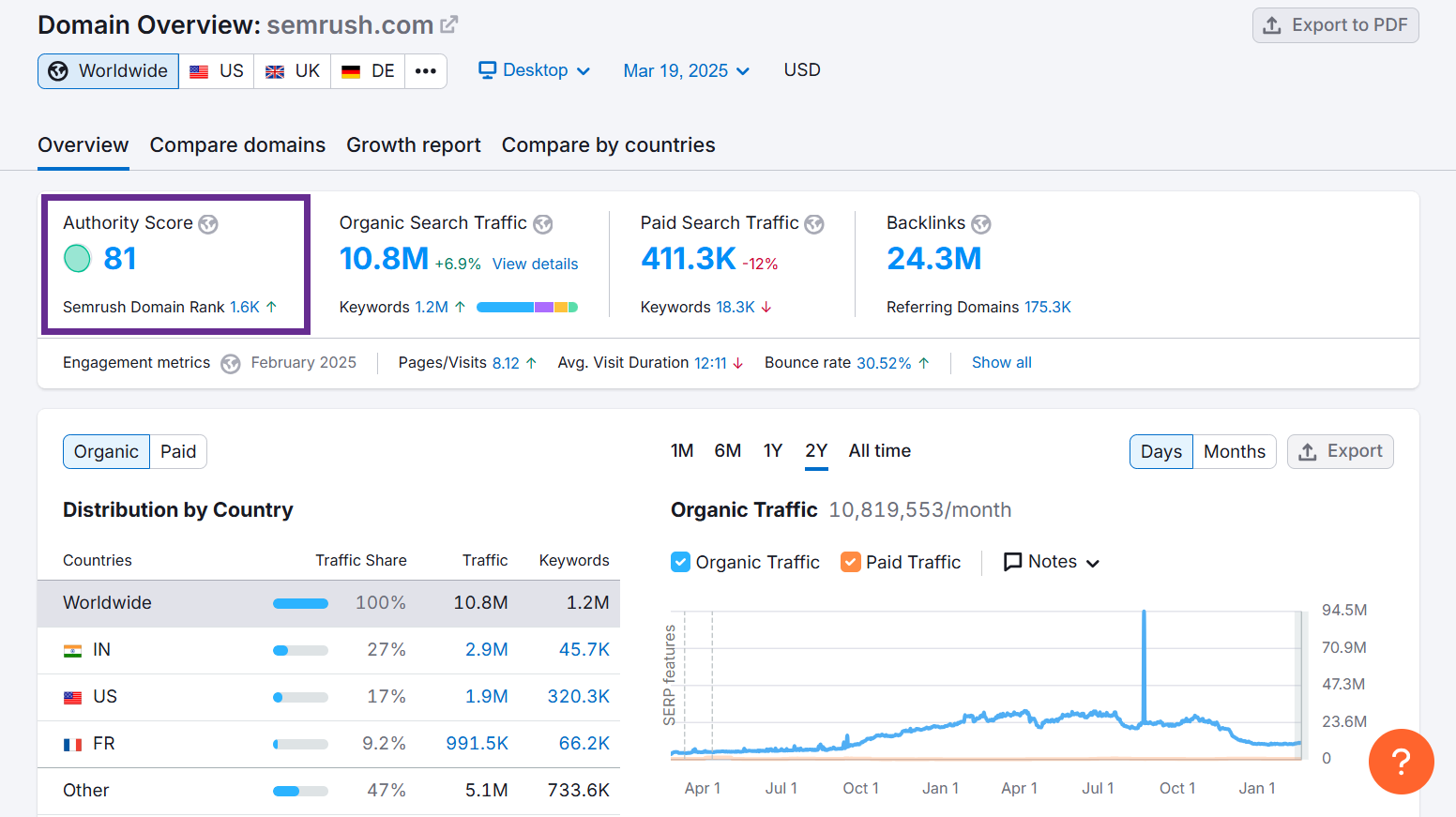
Anything over 60 is great. If it’s 40 or higher, it’s still good.
But anything lower than that, you should scrutinize that link more. Check out the domain and see if it looks spammy or suspicious. But don’t just discard every link if it has a low authority score. Sometimes, a legitimate, contextually relevant link from a low DR site can also have a lot of SEO value. Plus, it can bring in relevant traffic.
Other than that, I do a few qualitative checks. For one, check if the linking site appears reputable in Google searches. You could look for news coverage.
Also, you can just tell whether a website is authoritative by looking at its layout. If a website is professional looking and has a good UI, it’s a good sign– and vice versa.
Also, look at its social media presence. This can tell you a lot about a business.
2. Make Sure the Backlink is Highly Relevant
Relevance is crucial. Google considers backlinks from relevant sites more valuable because it indicates real industry endorsement.
Here’s how you verify relevance:
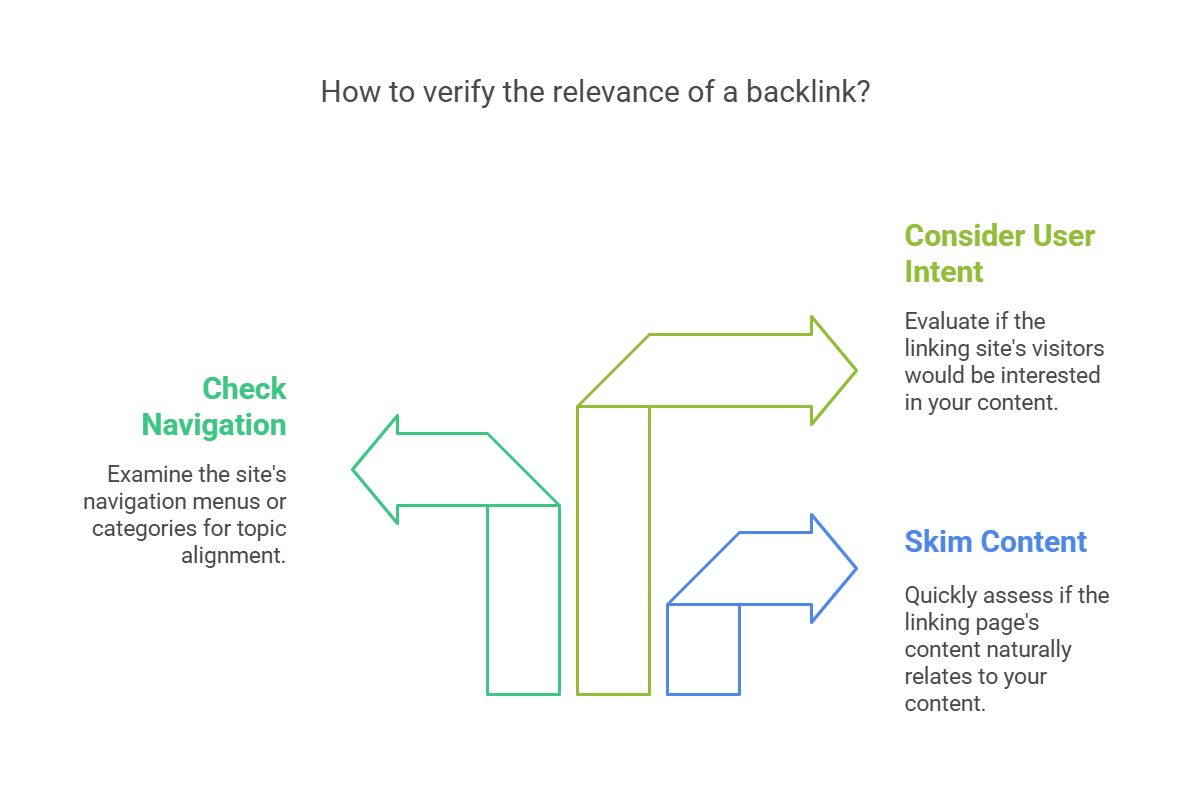
→ Visit the linking page and quickly skim the content—does it naturally relate to your content?
→ Check their navigation menus or site categories for topic alignment.
→ Consider the user intent—would visitors of that site be interested in your content? If not, the link might be low quality.
For example, a gardening website linking to a page on gardening tools is highly relevant. A random tech blog linking to a medical supply website is not.
3. The Anchor Text Should be Natural and Accurate
Anchor text provides Google context about the linked content.
When evaluating the quality of a link, look at the anchor text. Does it accurately describe your page’s content that it is linked to? If yes, it’s good and vice versa.

Also, avoid overly optimized anchor texts. If you see repetitive exact-match keywords, it’s unnatural and risky. Ideally, you should have a mix of anchor texts with variations like:
↳ Brand names (YourBrand)
↳ Generic terms (“click here,” “read more”)
↳ Descriptive keyword phrases (“best gardening tools”)
4. Aim for Contextual Link Placement
Links that are placed within the main content area have higher value because they are more contextually relevant. Plus, as a reader, you will be more likely to click a link that is embedded naturally within the content you’re reading– rather than just added to a list or footer without much context– like it was done out of compulsion or an afterthought.
To check the placement of a backlink visually, ask yourself these questions:
↳ Is it naturally embedded within the text?
↳ Does the placement logically fit the surrounding content?
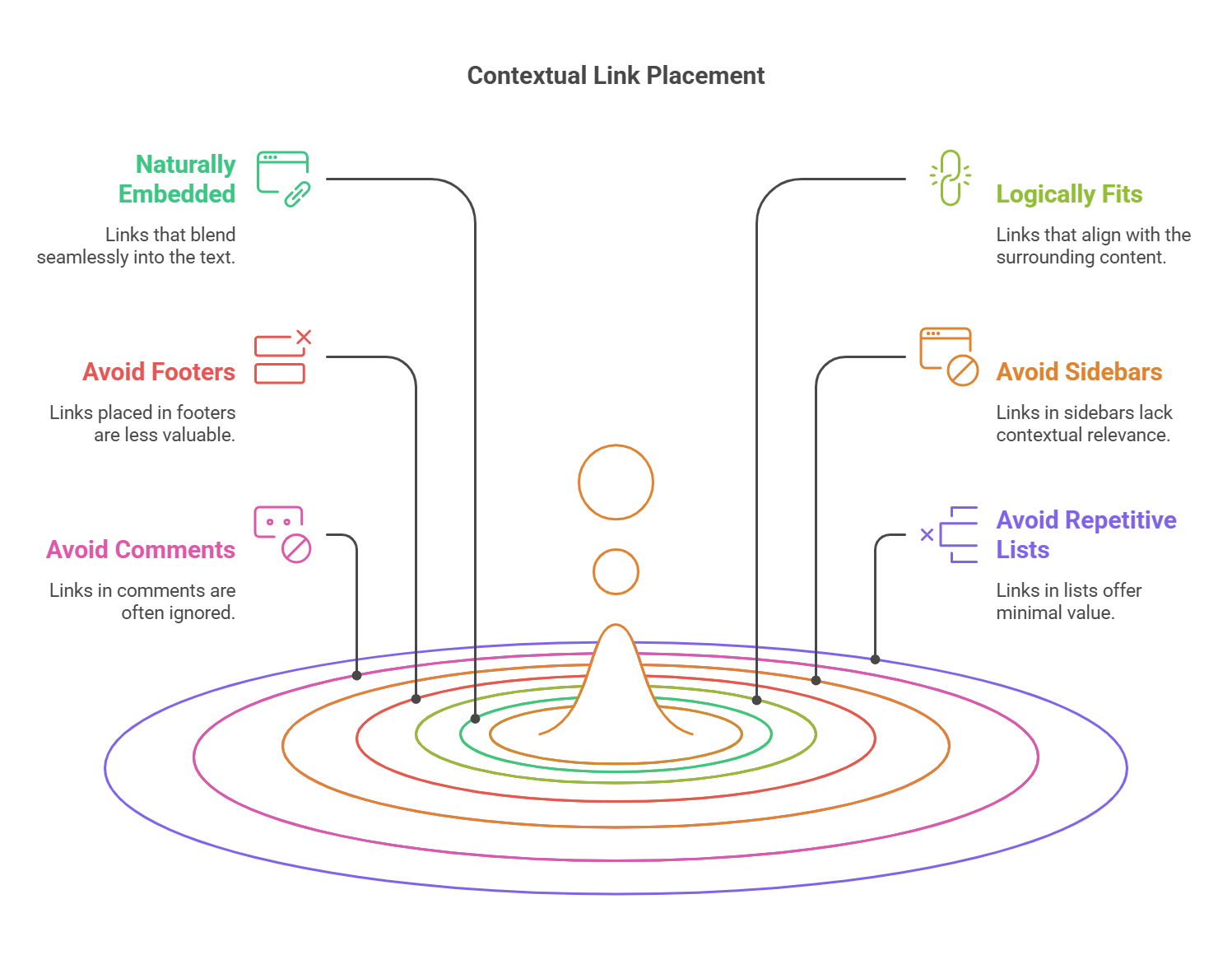
Avoid backlinks appearing in:
→ Footers
→ Sidebars
→ Comments sections
→ Repetitive lists or directories
This tells me that the link is just placed here for the sake of it and provides no real value.
5. Check if the Link Drives Meaningful Referral Traffic
You don’t want to build links just for vanity SEO metrics– it’s also supposed to expose your website to a wider audience that may be interested in your content. So, a good backlink shouldn’t just help your rankings—it should also bring relevant visitors to your website.
To see whether a backlink really helps you reach a relevant audience, go to Google Analytics → Business Objectives → Traffic Acquisation. Then see Session Source/ Session Medium to see the specific referring websites.

Check engagement metrics like bounce rate, pages per session, and average session duration.
Watch out if referral visitors quickly bounce off (80%+ bounce rate). This usually means the linking site doesn’t match your target audience, making the backlink low quality.
6. Look at Link Attributes (Follow vs. Nofollow)
Dofollow links pass SEO value and directly boost your rankings– whereas, Nofollow links don’t pass any SEO value but can still bring visitors and diversify your backlink profile.
To check these attributes easily, right-click the link and select “Inspect.”
Look for tags like rel=”nofollow”, rel=”sponsored”, or rel=”ugc”.

Sponsored links explicitly indicate paid placements, while UGC (user-generated content) marks links created by users rather than editors.
While these are fine, what we really want is editorially placed, dofollow links, which offer the most SEO value.
7. Identify and Address Toxic Backlinks Immediately
Toxic backlinks can seriously harm your SEO. They usually come from:
↳ Unrelated content or foreign language sites
↳ Excessive exact-match anchor text
↳ Low-quality, spammy websites
If you find such links, quickly create a .txt file and put those toxic domains or URLs in it. Then, submit this file through Google’s Disavow Tool in Search Console. (Make sure you select the right property).
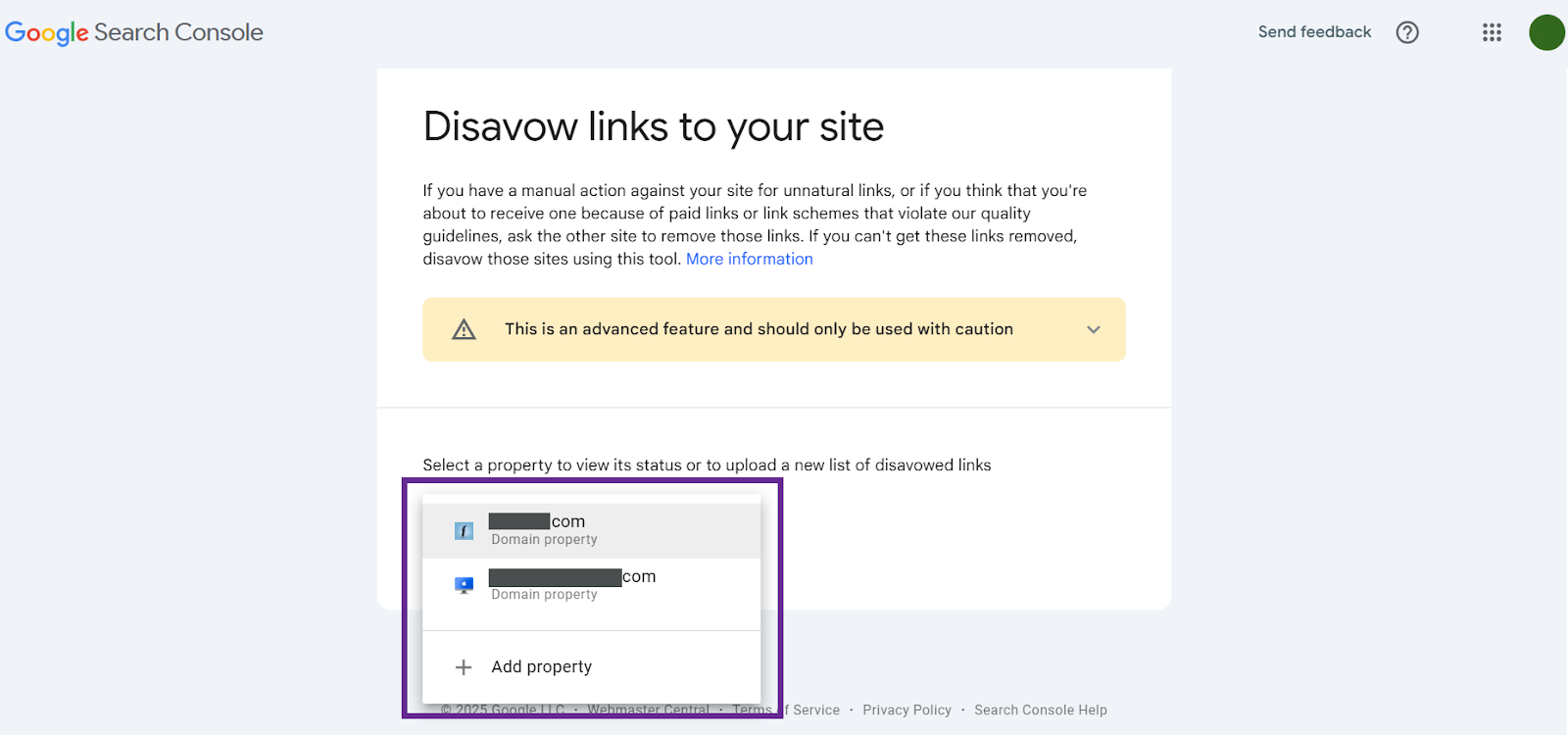
How to Get More Out of Your Backlink Quality Checks
There is more you can do when checking the quality of your backlinks to get a better idea of how they impact your SEO.
↳ Analyze Competitors’ Backlink Profiles
I regularly review my competitors’ backlinks to find opportunities. It’s so easy to find out where your competitors get their quality backlinks from, using Semrush.
Just open the Backlink Gap tool, enter your and the competitor’s domains. Semrush also suggests you competitors so you can select those that you find relevant– up to four– and then hit Find Prospects.

This will give you a list of all the domains that are referring to your competitors’ websites but not yours– along with their Authority Scores and estimated Monthly Visits they bring.
Take a note of the domains with high AS and Visits so you can try approaching those sites later. Just make sure those domains and their content is genuinely relevant to your content.
↳ Monitor Historical Trends
Consistently track your backlink profile’s growth or decline. Sudden spikes or drops can highlight opportunities or issues. Regularly review (monthly or quarterly) your backlink profile to keep it healthy.
I have a free template that can make backlink auditing really easy for you. Or, you can simply use Semrush’s Backlink Audit Tool to get a comprehensive report quickly.
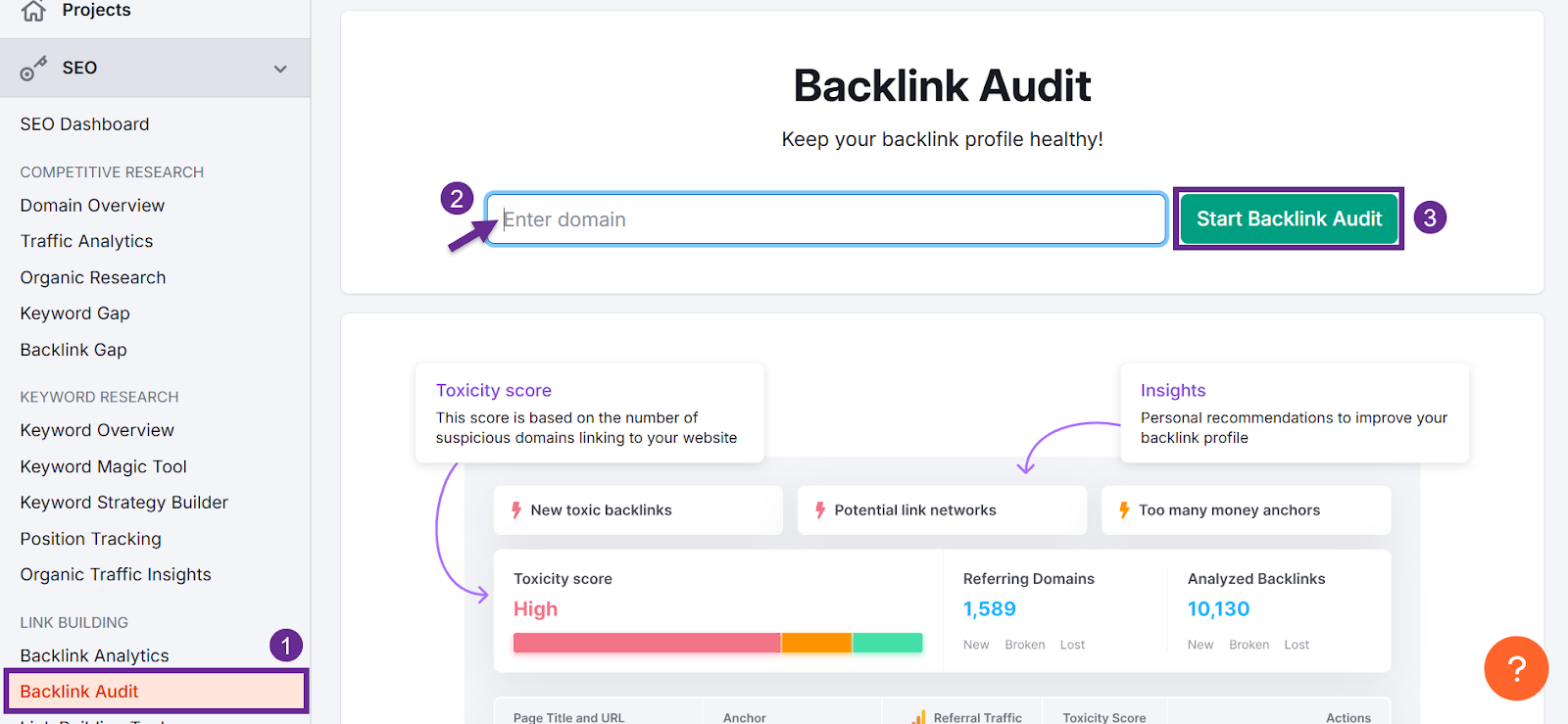
↳ Consider the Content Quality of Linking Pages
Always check the quality of the content on the pages linking to you.
If the content quality is good and it is relevant to your website, it is a valuable backlink.
Conversely, if the content quality of the linking domain is poor, it often indicates low value. In fact, it can even be a toxic link that you need to get rid of.
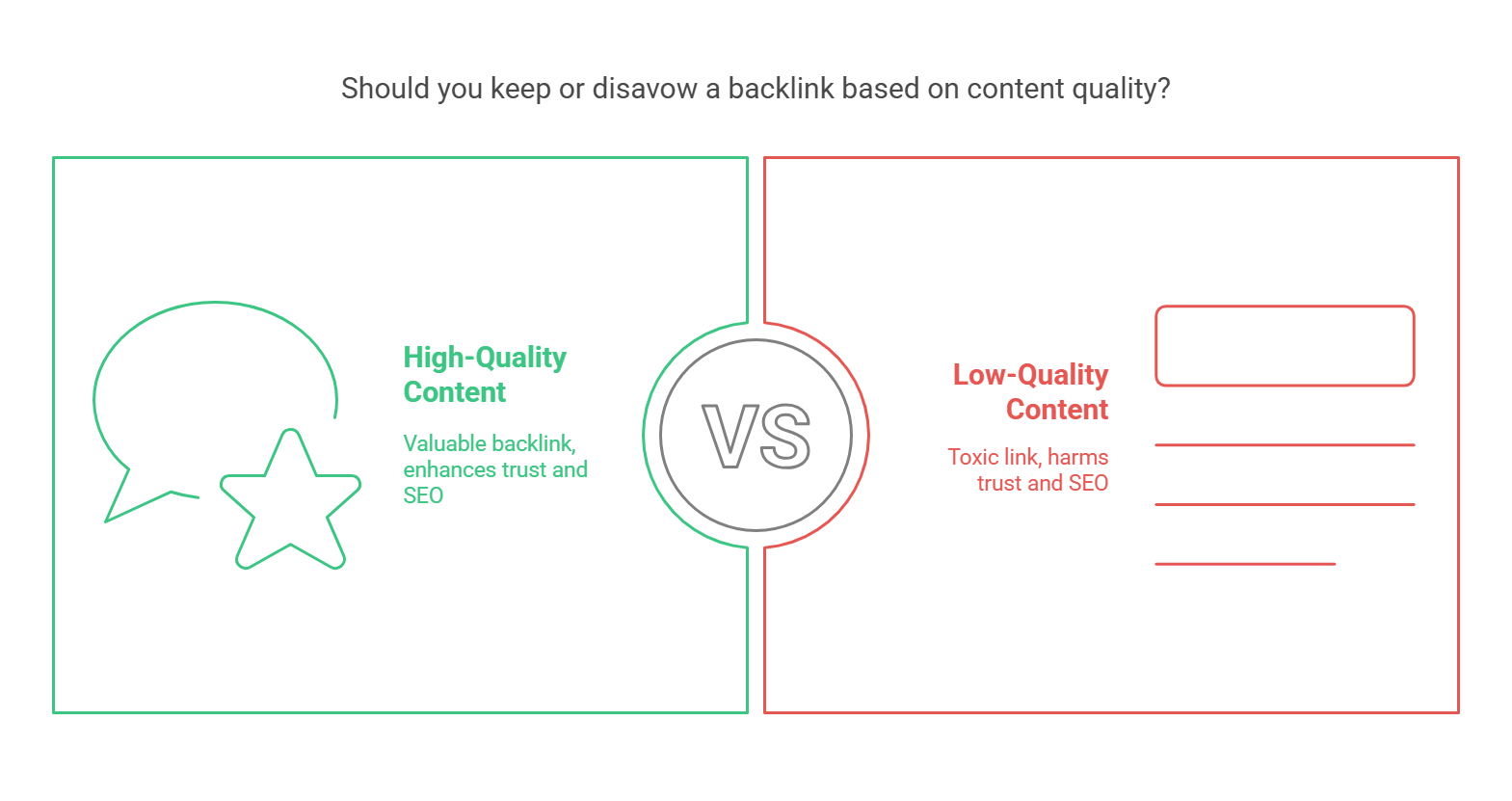
Apart from their SEO value, you just don’t want to be associated with low quality content. Think about it– would you trust a link and want to click on it if you found it embedded in a poorly written article?
Keep that in mind when reviewing such backlinks and take action accordingly.
↳ Always Choose Quality Over Quantity
Never sacrifice quality to get more links. One high-quality backlink with natural anchor text from a high authority domain that is contextually relevant to your website has more weight than a dozen of low quality links.
Honestly, it’s not even a choice. If you prioritize quantity and chase random links, it can lead to penalties. So, always put quality over quantity.
↳ Don’t Ignore Nofollow Links
While nofollow links don’t directly affect your SEO, they can still send visitors and diversify your backlink profile. This also makes your site look more natural to Google.

Similarly, if you have low quality links from obviously fishy and spammy domains that don’t bring any targeted traffic to your website, disavow them.
↳ Regularly Audit Your Backlinks
Auditing backlinks can seem intimidating– but it is very crucial to maintain a healthy backlink profile. I suggest doing backlink audits every few months– at least one quarterly. Regular audits help identify and remove toxic links before they negatively impact your rankings.
I have a free template that can help you audit your backlinks effectively.
All About Checking Backlink Quality
A strong backlink profile doesn’t happen overnight. But with consistent checks and maintenance, you’ll steadily build genuine, high-quality backlinks that improve your rankings and drive real growth.
Knowing important link building metrics can also help you understand backlink quality better. Also make sure to regularly monitor your backlinks with the right tools.
Frequently Asked Questions
Yes. Web 2.0 backlinks, created on platforms like WordPress or Blogger, have great SEO value when used correctly. They offer control over content and anchor text, aiding relevance. However, overusing them or relying solely on low-quality Web 2.0 sites may appear manipulative to search engines. Balance them with diverse, high-quality backlinks for optimal results.
In tiered link building, Tier 1 backlinks are high-quality links pointing directly to your website. Tier 2 backlinks link to your Tier 1 sources, boosting their authority. Tier 3 backlinks support Tier 2 links, further enhancing the link hierarchy. This structure amplifies link juice, strengthening your site’s SEO.
The quality of backlinks matters more than quantity. A few high-quality, relevant backlinks from authoritative sites can significantly boost SEO. Avoid focusing solely on numbers; instead, aim for backlinks that provide genuine value and relevance to your content. This approach ensures sustainable SEO improvements.
Regular backlink audits are essential for maintaining a healthy link profile. Conducting audits quarterly or semi-annually helps identify and address toxic or low-quality backlinks promptly. This proactive approach ensures your website’s SEO remains robust and aligned with search engine guidelines.
Yes, low-authority backlinks can be beneficial, especially when they come from niche-relevant sites. They can drive targeted traffic and add diversity to your backlink profile. However, prioritize obtaining high-quality backlinks while considering low-authority ones as supplementary. This balanced approach enhances overall SEO performance.
After submitting a disavow file, Google may take a few weeks to process and reflect changes. The exact timeframe varies, but patience is essential. Monitor your site’s performance during this period to assess the impact of the disavowal on your SEO metrics.
The best tools for checking backlink quality are:
↳ Semrush: It makes analyzing backlinks very easy with its Backlink Analytics, Backlink Audit, and Bulk Analysis tools.
↳ Ahrefs: Offers comprehensive backlink analysis and domain authority metrics. It has the largest, most up-to-date backlink database.
↳ Moz: Provides insights into link quality and spam scores.
Each tool offers unique features. Choose based on your specific SEO needs and budget.
No. Internal links don’t impact the quality of external backlinks. However, they play a crucial role in SEO by enhancing site navigation and distributing link equity across pages. A well-structured internal linking strategy improves user experience and helps search engines understand your site’s hierarchy.
Yes, reaching out to webmasters to remove unwanted backlinks is a proactive approach. If unsuccessful, use Google’s Disavow Tool to inform search engines to ignore those links. Combining both methods ensures a cleaner backlink profile and safeguards your site’s SEO health.
No, disavowing all “nofollow” links isn’t necessary. “Nofollow” links don’t pass SEO value but can drive traffic and diversify your link profile. Focus on disavowing toxic or spammy “dofollow” links that negatively impact your site’s SEO. Maintain a natural and varied backlink profile for optimal results.
A toxic backlink originates from low-quality, spammy, or irrelevant websites and can harm your SEO. Identify them by assessing the linking site’s authority, relevance, and trustworthiness. Tools like Semrush and Ahrefs can help detect toxic links. Regularly auditing your backlink profile ensures timely identification and removal of such harmful links.

